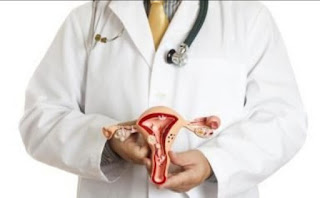How to Treat Dermal Pigmentation
Treating Dermal Pigmentation Treatment In Dubai involves various methods aimed at reducing the appearance of pigmented areas on the skin. Here are some effective treatments:
Topical Treatments: Over-the-counter and prescription-strength creams, serums, and lotions containing ingredients such as hydroquinone, retinoids, kojic acid, azelaic acid, vitamin C, niacinamide, or licorice extract can help lighten pigmentation over time. These products work by inhibiting melanin production or promoting skin cell turnover.
Chemical Peels: Chemical peels involve applying a chemical solution to the skin to exfoliate the top layers and stimulate cell turnover. This process can help improve the appearance of pigmentation, including melasma, sun spots, and post-inflammatory hyperpigmentation. Different types of peels, such as glycolic acid, salicylic acid, or trichloroacetic acid (TCA), may be used depending on the severity of pigmentation and skin type.
Laser Therapy: Laser treatments target pigmented areas with high-energy light beams to break up melanin deposits and stimulate collagen production in the skin. This can help fade pigmentation and improve skin texture and tone. Laser therapies commonly used for pigmentation include fractional laser resurfacing, Q-switched lasers, and intense pulsed light (IPL) therapy.
Microdermabrasion: Microdermabrasion is a non-invasive procedure that uses a handheld device to gently exfoliate the outer layer of the skin, removing dead skin cells and promoting cell turnover. It can help improve the appearance of pigmentation, acne scars, and uneven skin tone. Microdermabrasion may be combined with other treatments for enhanced results.
Microneedling: Microneedling, also known as collagen induction therapy, involves using a device with fine needles to create controlled micro-injuries in the skin. This stimulates the body's natural healing process, leading to increased collagen production and skin rejuvenation. Microneedling can help reduce the appearance of pigmentation, acne scars, and fine lines.
Intense Pulsed Light (IPL) Therapy: IPL therapy uses broad-spectrum light to target pigmented areas and break up melanin deposits in the skin. It can help improve the appearance of sun spots, age spots, freckles, and vascular lesions while also promoting collagen production and overall skin rejuvenation.
Cosmetic Procedures: In some cases, more invasive cosmetic procedures may be recommended for severe or resistant pigmentation issues. These may include fractional laser resurfacing, dermabrasion, or cryotherapy (freezing the pigmented area with liquid nitrogen). These procedures should be performed by qualified healthcare professionals.
Sun Protection: Regardless of the treatment method used, sun protection is crucial for preventing further Pigmentation Treatment In Dubai and maintaining results. Apply a broad-spectrum sunscreen with SPF 30 or higher daily, wear protective clothing, and seek shade during peak sun hours.
It's essential to consult with a dermatologist or skincare professional to determine the most suitable treatment approach based on your skin type, pigmentation concerns, and medical history. They can create a personalized treatment plan tailored to your needs for optimal results.



Comments
Post a Comment